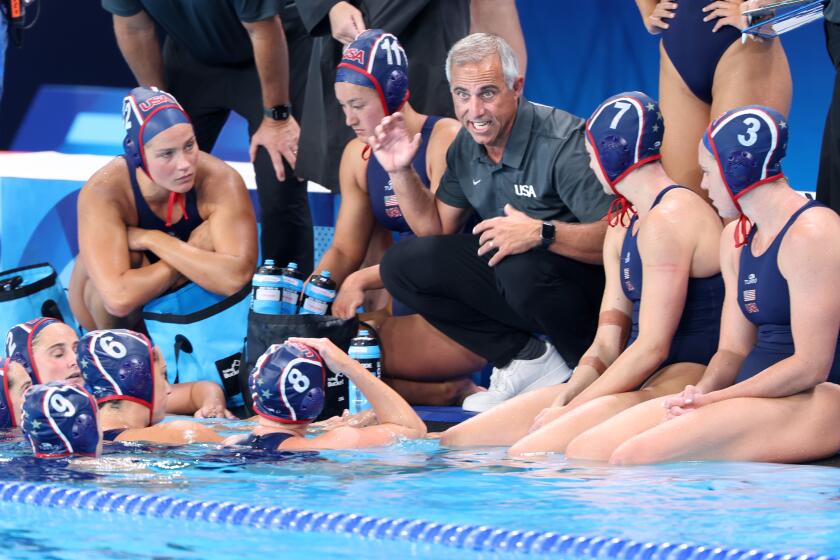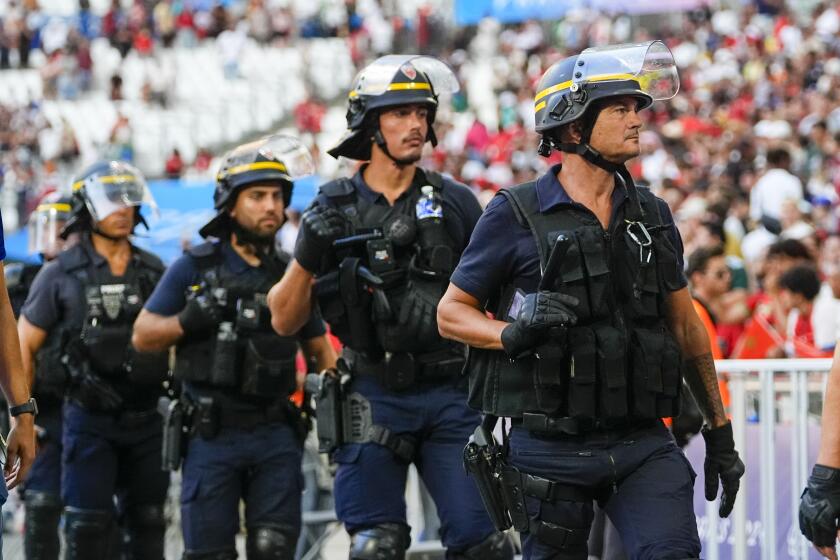Rio tries to balance traffic and geography as Olympic Games ready to start
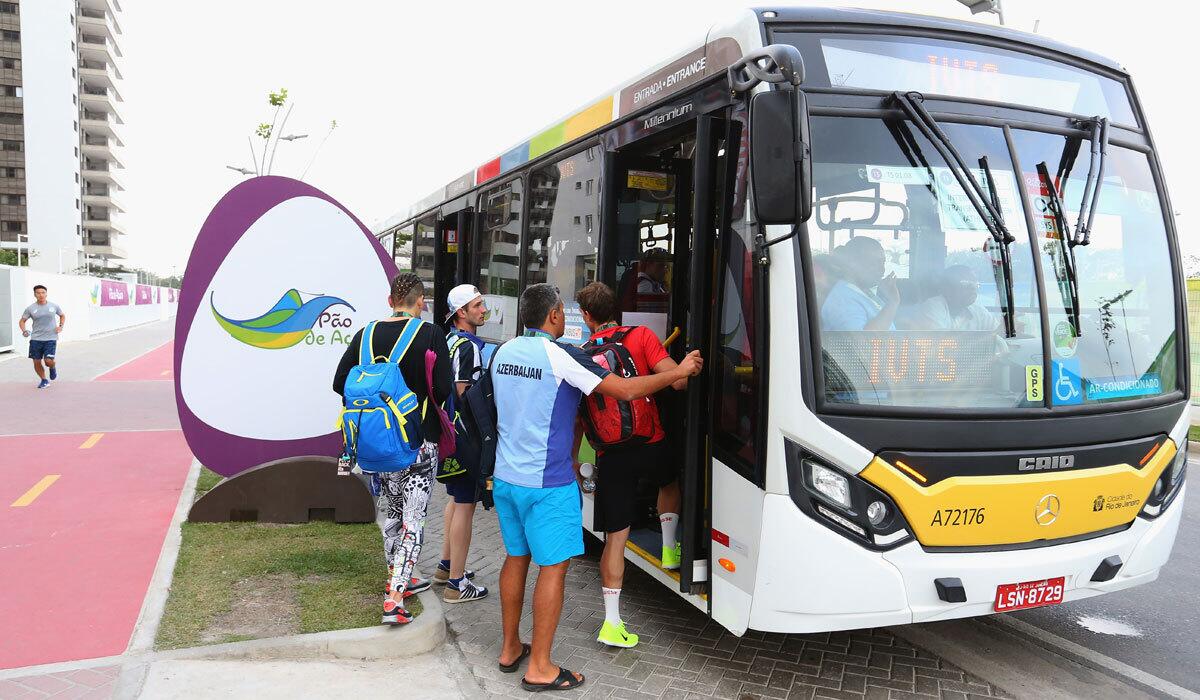
A major reason to host the Olympic Games is that you get to showcase your city to the world. And you get to improve parts of the city as you prepare to do so.
Rio 2016 planners chose to spread out most of the events among four distant complexes, two far from the city’s traditional tourist hubs.
The problem that presented itself immediately to this traffic-plagued tropical metropolis was how to get thousands of visitors back and forth between the underdeveloped areas and the tourist spots.
“In line with our commitment to sustainable Games, spectators are encouraged to arrive at the venues using public transport, which has been transformed since Rio won the bid to host the Games,” said Mario Andrada, communications director for Brazil’s Olympic Committee. “The mayor announced three public holidays during the Games and the school winter holidays were moved to coincide with the Games. This will greatly reduce the level of traffic.”
There are exceptions, such as soccer, which will be played in six cities around the country. But most sports events will take place in the four venue clusters.

See the most-read stories in Sports this hour >>
The largest, which contains the Olympic Village, is in the suburban Barra da Tijuca region, where events including swimming, diving, basketball, gymnastics and golf will be held. In Copacabana, Rio’s classic tourist destination, organizers are setting up beach volleyball courts; ocean swimming and sailing will be held nearby.
In and around the iconic Maracanã stadium, in the central part of Rio, the opening and closing ceremony, track and field, volleyball, and archery will be held – the later to be contested in the Sambadrome, site of the famous yearly Carnaval processions.
And Deodoro, the furthest cluster from the city center, will play host to events such as rugby, early round basketball games and field hockey.
One can think of Southern Californian analogs for these four regions.
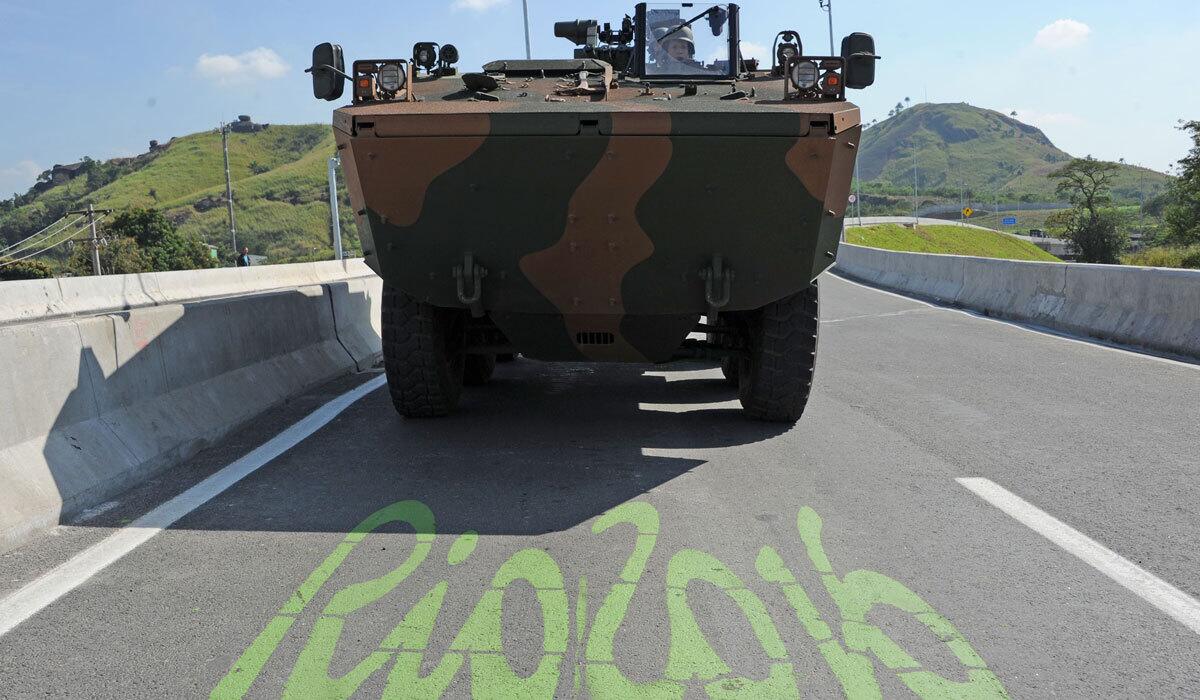
Copacabana is quirky Venice Beach, ground zero for tourist traps. Barra is a distant, sparsely populated but gentrifying stretch of the Ventura County coast. Maracanã is the Coliseum, the beloved old venue in gritty downtown. And Deodoro is a neighborhood a bit far away from the main city, maybe somewhere in north Orange County.
You can get between many of the locations in 30 to 40 minutes in light traffic, but you’d really rather avoid the trip at rush hour. Making the journey to many of the locations using public transportation could take an hour or more.
All of the regions will be accessible by some combination of bus and a new metro line, which opened on July 30. Some walking will be required.
Visitors are discouraged from taking taxis since they won’t be permitted near the venues or allowed to use the special transit lanes reserved for Olympic-accredited vehicles.
All of this may very well work, said Ronaldo Balassiano, professor of transportation engineering at the Federal University of Rio de Janeiro.
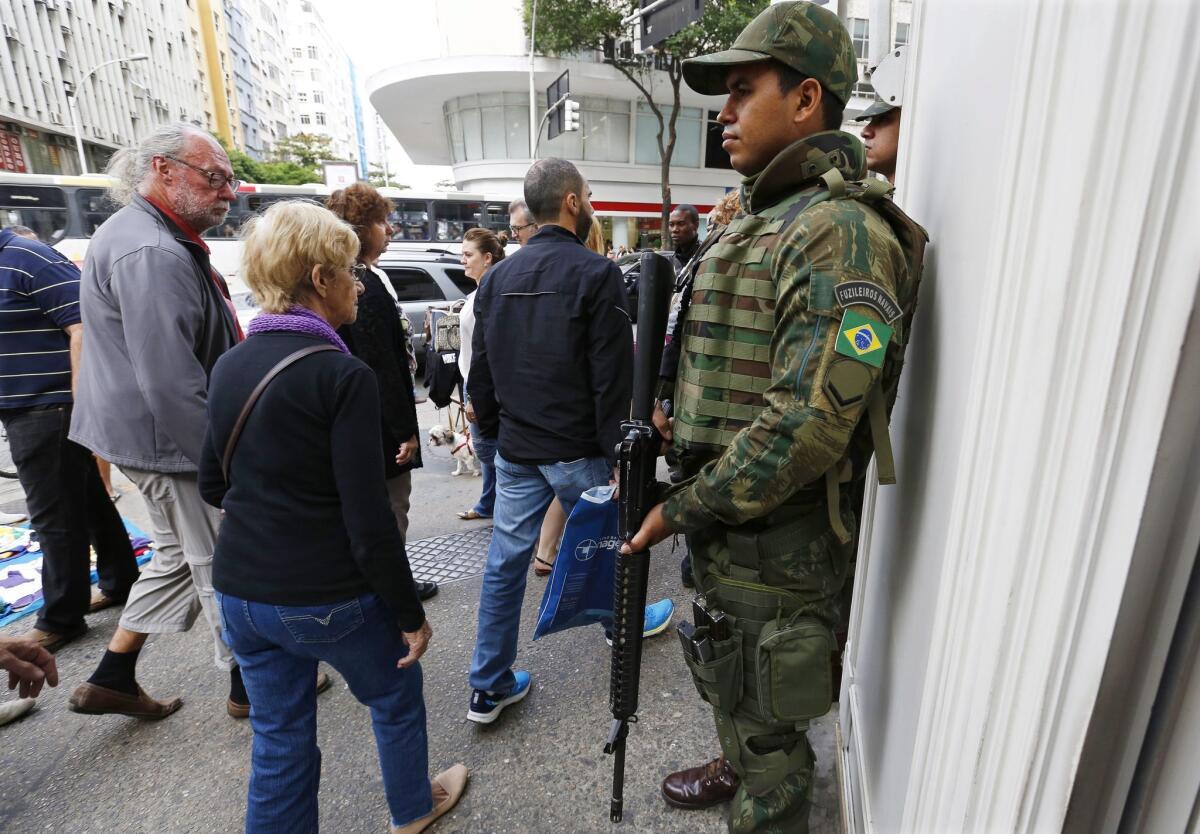
“The streets will be much emptier than they usually are because of the special holidays,” he said. “The only major threats I see to a decent flow in the city are a big accident or an unexpected problem. The most susceptible point is likely the connection between [rapid transit bus] routes and the new metro stations.”
Signs are up around the city directing tourists to transport hubs, though some locals have noted that not all the signs are correct. In the weeks before the opening ceremony, workers were still banging away on the stands for beach volleyball matches in Copacabana, while Australian and Italian teams complained that their accommodations at the Olympic Village were not ready despite earlier inspections. That has led some observers to wonder what other problems may pop up when the whole thing gets underway.
Signs of Olympic stress – or really, signs of the Olympics at all – were rare until July 24, when the government put heavily armed soldiers on street corners just after Olympic rings went up on Copacabana beach.
The rings were immediately covered in graffiti.
MORE SPORTS NEWS
Michael Phelps selected as Team USA flag bearer
Rookie Jared Goff shows off his arm and release to Rams and fans at training camp
Yasiel Puig is at a crossroads
More to Read
Go beyond the scoreboard
Get the latest on L.A.'s teams in the daily Sports Report newsletter.
You may occasionally receive promotional content from the Los Angeles Times.



